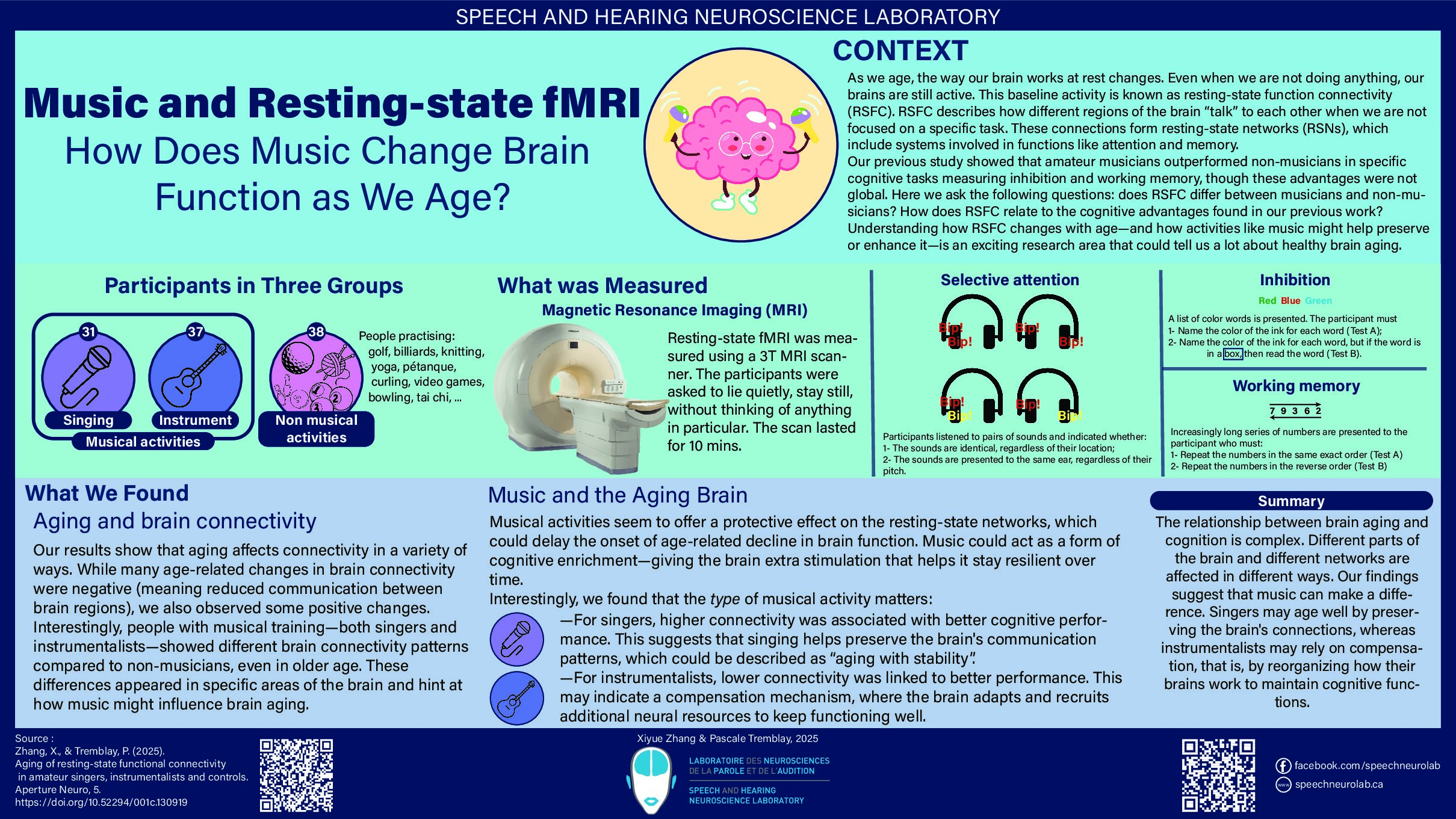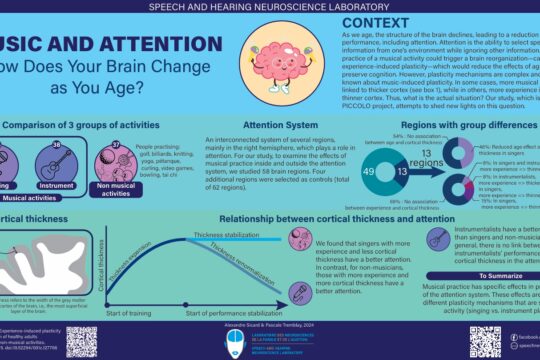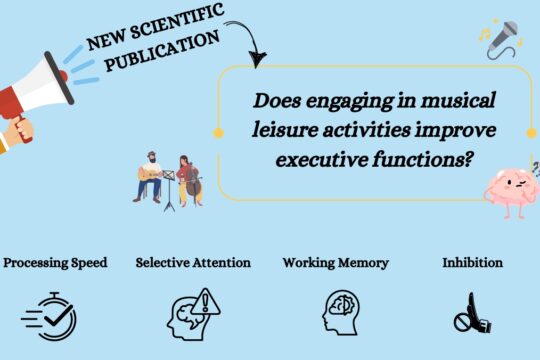
When birds visit the lab! How can birdsong be used in language studies?
In a recent project at the lab that included Isabelle Deschamps, Pascale Tremblay, and Melody Courson, we used transcranial magnetic stimulation (TMS) to interfere with the normal functioning of neurons in regions involved in the processing of phonological memory (PM).
PM is a type of short-term memory (1 to 2 seconds) involved in the temporary storage of verbal information. PM allows, for example, the retention of a person’s address while listening to directions to get there. The brain needs to store the words we hear while it analyzes all the information.
During their visit to the lab, participants had to listen to pairs of sounds, which could be either birdsongs or strings of syllables that are possible in Quebec French (e.g., “fidali [pause] fidali”). They had to determine if the two sounds were identical or different, which resorts to PM. TMS was used during the pause between the sounds every other time to compare their responses before and after TMS in two brain regions involved in PM.
Birdsongs were used in this study as highly complex auditory stimuli (similar to language!) to understand if PM stores all types of auditory information or only linguistic information.
Our results support the idea that PM processes all types of sounds, as TMS affected participants’ performance in listening to both birdsongs and syllables.
Here’s the link to this paper:
The phonological loop: Is speech special?
We have published other studies involving birdsongs, as they allow us to determine which brain mechanisms are specific to language and which are involved in processing all complex sounds. Here are some of these additional studies:
The structural correlates of statistical information processing during speech perception



